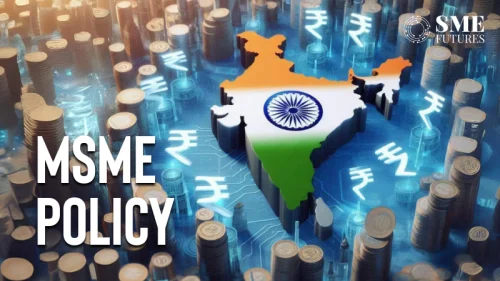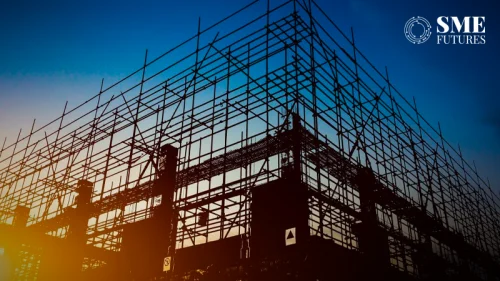As India aims for ‘Insurance for All’ by 2047, businesses are bracing for a significant rise in fire and engineering insurance premiums in 2025. Starting January 1, 2025, general insurance companies have increased commercial property insurance premiums by 80 per cent to 60 per cent, primarily affecting fire and engineering policies.
The premium hike poses financial challenges for businesses, especially those renewing policies in mid-2025, who may face increases of up to 60 per cent, depending on the occupancy. Those renewing in January 2025 might see more moderate hikes, ranging from 5-10 per cent, with no discounts available. Large corporations, which previously paid premiums ranging from ₹5 crores to ₹250 crores, depending on the size and complexity of operations, will now need to allocate additional funds to maintain adequate coverage.
In the wake of this major announcement, SME Futures spoke with Sajja Praveen Chowdary, Director, Policybazaar for Business, to understand how MSMEs can navigate this challenge. In this interview, Chowdary shares insights into the strategies that MSMEs can adopt to mitigate the impact of rising premiums while maintaining adequate insurance coverage.
Edited Excerpts:
Hike in premiums. Why do you think that reinsurers have decided to take this step?
The GIC of India and reinsurers have decided to bring this price correction in the market. They are addressing longstanding concerns about unsustainable pricing in the Indian property insurance market, which has some of the lowest premium rates globally. Excessive discounting has created financial challenges for both insurers and reinsurers, necessitating a shift back to the base rates recommended by the Insurance Information Bureau of India (IIB) to ensure sustainability.
The revision is primarily driven by the need to correct unsustainable pricing. Years of discounted premiums have resulted in loss-making portfolios for reinsurers. By implementing these corrections, reinsurers are ensuring the long-term stability of the market and their ability to continue providing support to Indian insurers.
How will the 60 per cent increase in premiums affect the financial stability of Indian firms, particularly MSMEs and start-ups?
This price correction will increase operating costs, especially for MSMEs and start-ups. However, it is an important step for the long-term sustainability of the entire insurance ecosystem. The increase in premiums will enhance property premium books and provide better financial stability for insurers. This will encourage more reinsurers to support the Indian market. This aligns with the broader vision of IRDAI to detariff policy wordings, offering businesses more flexibility in choosing tailored coverage. Additionally, given the higher return period for fire losses, this adjustment will increase the capacity of insurers to manage risks effectively and provide more comprehensive protection.
Are companies prepared to absorb such a significant cost hike, or will it lead to reduced investments in critical infrastructure?
The hike will indefinitely cause some financial strain, but organisations understand that asset protection is essential and non-negotiable. The industry has experienced multiple underwriting cycles, evolving from strict tariff structures to partial discounting, but the current scenario leaves no alternative for businesses but to secure their assets. Even with this adjustment, Indian property premium rates remain significantly lower than global averages. Although it may increase fixed costs for projects, a well-designed and appropriately priced policy remains the most effective risk transfer mechanism. Businesses will likely prioritise robust insurance programmes to safeguard critical infrastructure and ensure long-term resilience.
Are these premium hikes aligned with global trends, or is India experiencing an outlier scenario?
India’s property insurance premiums have historically been far below global averages. This adjustment aligns the market more closely with international standards, although Indian rates will remain competitive. It’s not an outlier but a necessary recalibration to maintain market sustainability.
What ripple effects might this have on sectors like construction, manufacturing, and real estate that heavily rely on fire and engineering covers?
While premiums will increase fixed costs, insurance is often a mandatory requirement for securing project financing and protecting critical assets. These costs may need to be accounted for in future project budgets. However, businesses recognize that comprehensive insurance coverage is indispensable for long-term risk management and financial security.
Could subsidies or alternative risk-sharing mechanisms be introduced to support vulnerable sectors? What resolution do you recommend?
The market’s focus should remain on fostering sustainable pricing and tailored risk solutions. Detariffing policy wordings can provide businesses with flexibility to choose the right coverage while enabling insurers to price policies more appropriately. For large projects, exploring structured risk-sharing mechanisms, such as higher self-retentions or layered coverage, may help balance costs while ensuring adequate protection.











